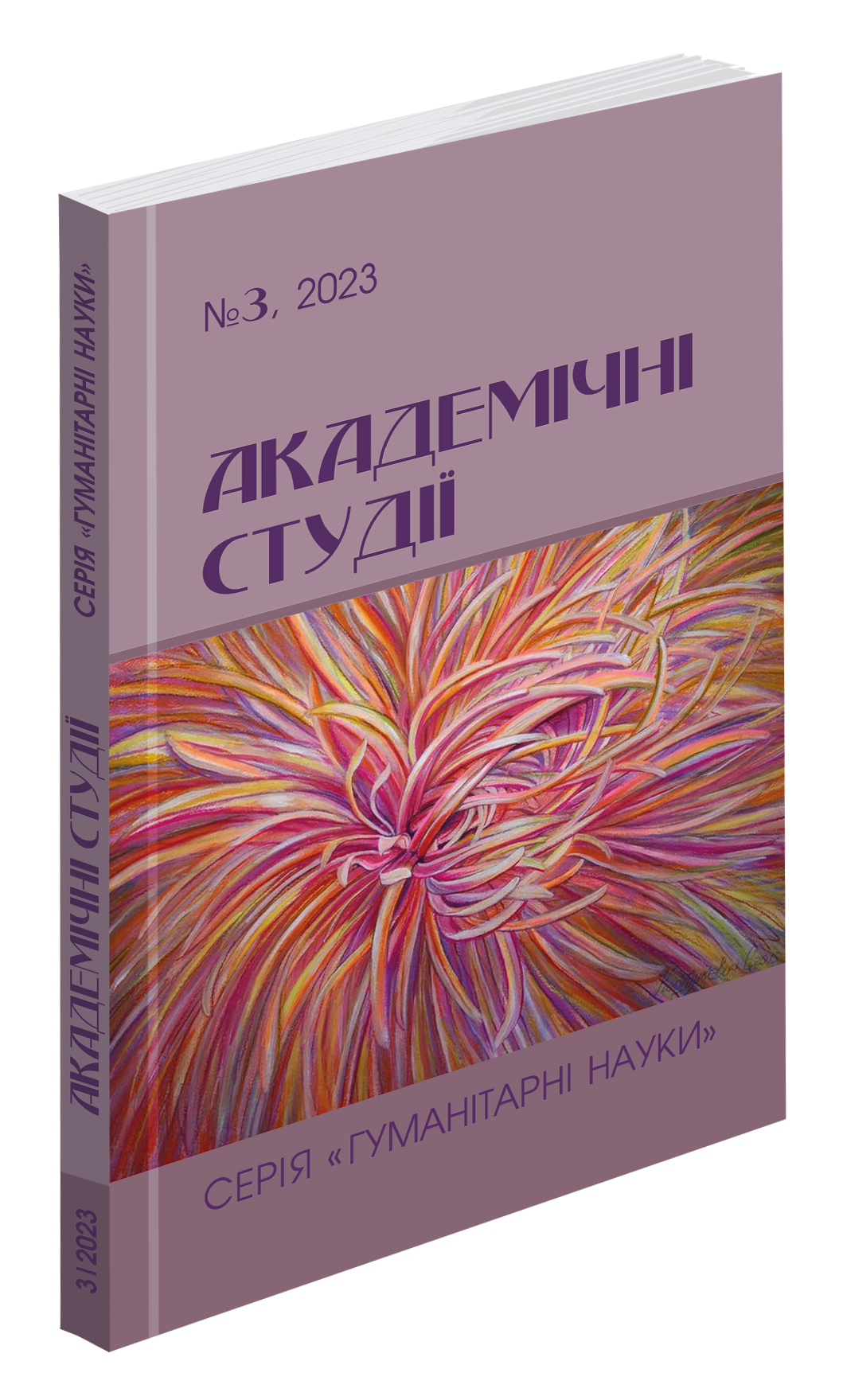Abstract
The article is focused on the intertextual level of metatextuality in William Shakespeare's “Hamlet”. Contemporary Shakespeare studies have formed a clear idea of the complete list of possible plot sources that the English playwright could have used when creating his masterpiece. However, the question of how exactly the medieval legendary revenge story is transformed by the Renaissance genius into the tragedy of a reflecting personality seeking to comprehend the essence of existence and put right the time that is out of joint still remains open. In this context, the application of the theory of metatext seems to be productive, since Shakespeare not only significantly modifies, to some extent modernizes and conceptually upgrades the borrowed folklore and literary material in accordance with his own creative vision, but also resorts to its imaginative interpretation, preserving some elements while transforming or even leaving others out. Therefore, the purpose of the article is to explore the complex dialogical relations between the Renaissance as a text and the literary text created in this era as a result of Shakespeare's original reinterpretation of a number of mythological motifs, semi-legendary storylines and works of his predecessors. The relevance of the topic is due to the permanent actualisation of the metatextual potential of Shakespeare's tragedy in the literature of the following epochs and the need to understand the complex system of its metatextual connections with the primary sources. The analysis demonstrates that Shakespeare’s play has almost completely re-accentuated the semantics of the medieval legend. Shakespeare's borrowing of the legendary plot made possible the collision and dialogue of differently charged cultural layers – the medieval and Renaissance ones – within one literary work, which, in turn, largely determined the extremely complex ambivalent nature of the character of Hamlet.
References
Лазаренко Д. М. «Гамлет» В.Шекспіра як метатекст пізнього Ренесансу та його літературні проекції : автореф. дис. на здобуття наукового ступеня кандидата філологічних наук за спеціальністю 10.01.04 література зарубіжних країн. Інститут літератури ім. Т. Г. Шевченка НАН України. Київ, 2011. С. 7.
Наливайко Д. С. Післямова / Д. Наливайко // Шекспір В. Твори : в 6 т. / В.Шекспір. К. : Дніпро, 1986. Т. 5. С. 644–646.
Торкут Н. М. Трагічне крещендо Шекспірової музи // Вільям Шекспір. Трагедії / пер з англ. (Б-ка світ. літ.).
Харків : Фоліо, 2004. С. 3–38.
Belfore F. Novely. URL: http://www.old-kaa.mail15.com/Texts/ Hamlet.htm
Frenzel E. Stoffe der Weltliteratur: e. Lexicon dichtungsgeschichtl. Lägsschnitte / E. Frenzel. Stuttgart : Kröner, 1983. 1166 p.
Ellrodt R. Self-consciousness in Montaigne and Shakespeare / Shakespeare Survey. Cambridge, 1975. P. 37–50.
Gollancz I., Milford H. The Sources of Hamlet / I. Gollancz, H. Milford. L. : Oxford University Press, 1926. 321 p.
Rowse A. L. The Elizabethan Renaissance. Chicago, 1998. P. 294.
Saxo Grammaticus. Gesta Danorum. Book 3. 1997. URL: http://omacl.org/DanishHistory/book3.html
Taylor G.C. Shakespeare’s debt to Montaigne. N.Y., 1968. 72 p.

